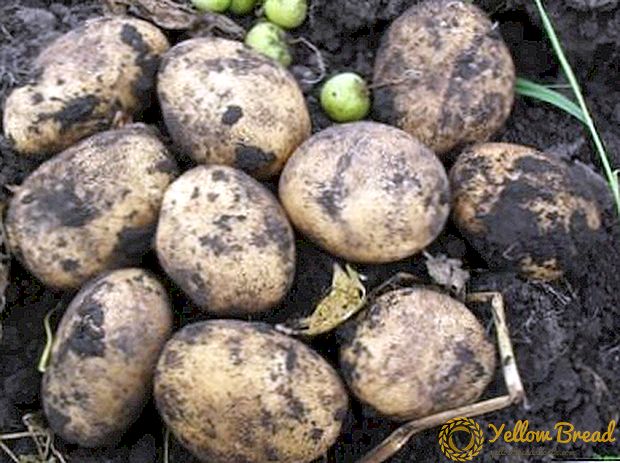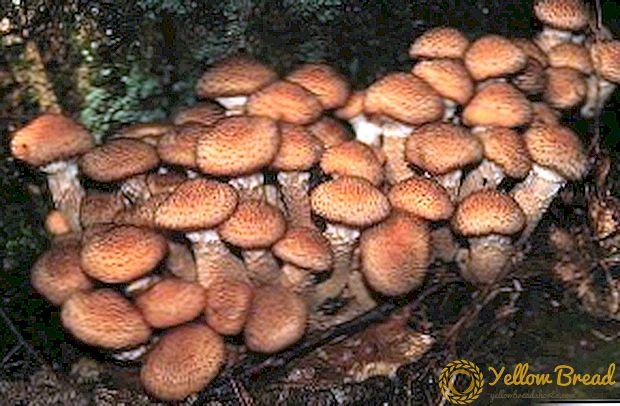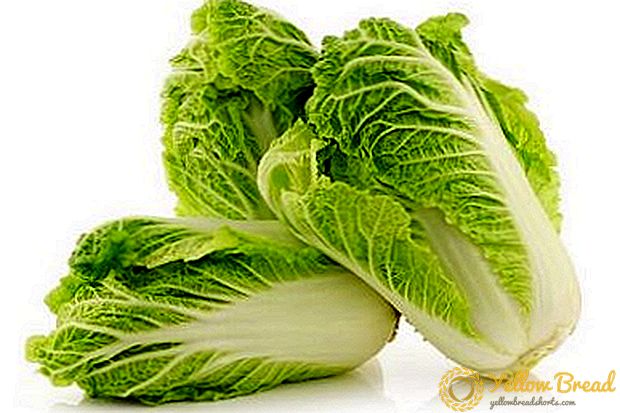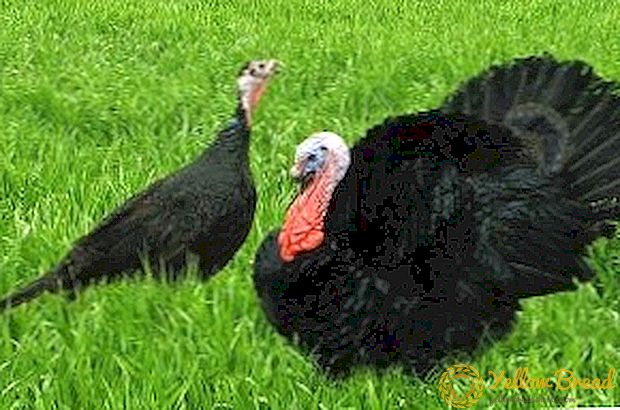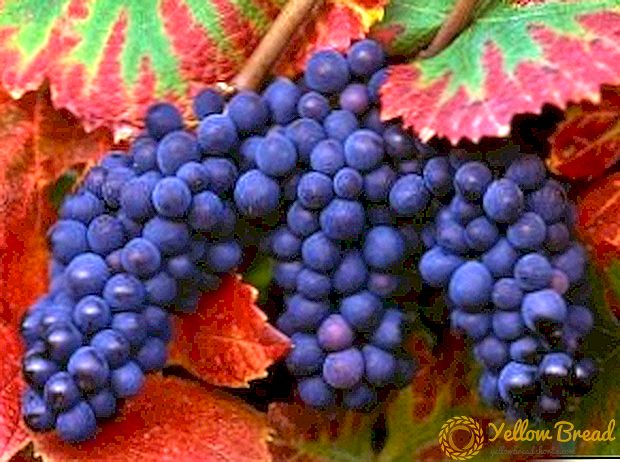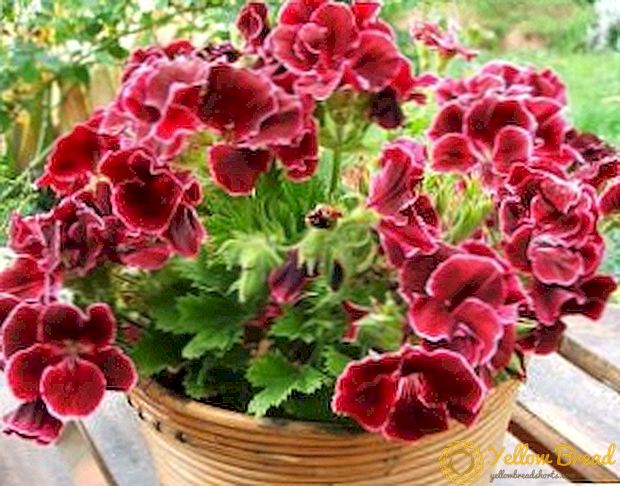 "Antrakol" - a fungicide used by farmers to protect vegetable crops and fruit trees from fungal diseases. This article will look at how Antracol should be used to protect the garden and the kitchen garden, what is its mechanism of action and compatibility with competing chemical compounds, the advantages of the agent over other fungicides and the safety measures in use.
"Antrakol" - a fungicide used by farmers to protect vegetable crops and fruit trees from fungal diseases. This article will look at how Antracol should be used to protect the garden and the kitchen garden, what is its mechanism of action and compatibility with competing chemical compounds, the advantages of the agent over other fungicides and the safety measures in use.
- Active ingredient and mechanism of action
- How to use the drug
- For garden crops
- Application in the garden
- Compatibility with other drugs
- Drug benefits
- Security measures and hazard class "Antrakola"
Description and release form
The drug "Antrakol" is intended for the prevention and control of common fungal diseases, which reduce the yield of vegetable and horticultural crops.
The Bayer chemical laboratory, experimenting with the formula for the composition of Antracol, believes that the presence of zinc in the benzene ring of the fungicide completely eliminates the toxicity of the mixture and enhances the spectrum of resistance to fungal diseases.
In other words, the number of fungal infections against which the drug fights, increases by almost an order of magnitude in comparison with other fungicides.
Active ingredient and mechanism of action
The main active ingredient of the fungicide is propineb, which inhibits protein enzymes involved in the reproduction of fungal spores. The drug isolates the centers of mycelium and prevents the development of the disease.
How to use the drug
Anthracol fungicide is a universal substance that is used both for prophylaxis and for the direct fight against fungal diseases.However, there are features of its use for garden and horticultural crops.
For garden crops
- When processing apple orchards from the appearance of fungal scab, it is necessary to dilute 15 g of the substance in 10 liters of water. It is recommended to spray trees from the time of the growing season of the buds until the first fruits appear. The number of treatments should not exceed three times. The last spraying should be carried out thirty days before the harvest.
- A solution for the treatment of peach and grapes is recommended to be done in a proportion of 10 g of granules per 10 liters of water. Treat the plants three times with an interval of ten days and the last spraying of peaches to hold 30 days before harvest, for grapes - 50 days.
- Processing of plants is carried out in dry, windless weather. Ten liters of solution is enough to spray one hundred square meters of land.
Application in the garden
- Plantations of potatoes and tomatoes are treated with "Antracol" three times per season. The concentration should not exceed 15 g of granules (powder) per 5 liters of water. This amount of solution is enough for one hundred parts of the earth. The last spraying is recommended forty days before harvesting.
- These requirements of the instructions are fully applicable to cucumber crops, with the difference that the last processing of vegetables must pass 20 days before the harvest.
Compatibility with other drugs
Antrakol is compatible with almost all types of antifungal chemicals. However, Bayer specialists, developing Antrakol, write in the instructions that it is necessary to double-check the solutions for chemical compatibility in each particular case.
Nevertheless, the four-year practice of using a new substance has not yet revealed such incompatibility.
Drug benefits
"Antracol" compares favorably with other drugs of its series. In its interaction, it mates with all types of garden and horticultural crops, has in its composition a low zinc content, which creates a favorable soil for seeds and seedlings.
And finally, Antrakol has an attractive price-quality ratio for consumers.
Security measures and hazard class "Antrakola"
Instructions from the manufacturer recommends to adhere to general safety rules when working with Antrakol (gloves, mask, packaging recycling, etc.). It has 3rd class of danger, low toxicity.

